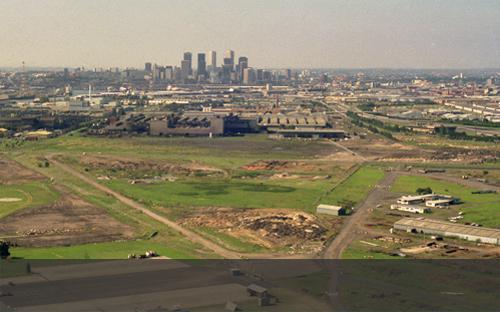
In 1966, borings were carried out by George Wilmot & Company Limited, and further information was obtained about the sub-soil and foundations for the proposed crossing. In February 1966, Maunsell suggested that because of their limited experience with major bridges of structural steel, an English firm of consulting and civil engineers of world reputation – Messrs. Freeman, Fox and Partners – should be called in as consultants.
In February 1967 ‘Preliminary Information to Tenderers’ had been published by the Authority, inviting prospective tenderers to submit applications for qualification as registered tenderers, supported by information and particulars establishing their capacity and experience.When the tender documents were issued, only the registered tenderers in respect of each contract were invited to tender.
The tender documents for Contract F - Bridge Foundations, Contract C - Concrete Bridge Works, and Contract S - Steel Bridge Works, were issued to registered tenderers in October 1967.
Contract S was awarded to World Services and Construction Pty Ltd. Contracts C and F were awarded to John Holland (Constructions) Pty Ltd., a Melbourne-based company much experienced in concrete work.
All of the contracts were formally signed in July, 1968.
From April 1968, works under Contract F proceeded satisfactorily, and practical completion was reached on 25 September 1969.
Contract C also proceeded satisfactorily, despite some early loss of time and prior to the occurrence on 15 October 1970. It was expected to be completed in late March 1971.In relation to Contract S, the specifications for the quality of the steel to be used and tests to be carried out, thereon, were worked out by WSC in conjunction with the Broken Hill Proprietary Company Limited, and approved by the joint consultants.
WSC’s first steel purchase order was finally submitted to BHP on 16 August, 1968.
When construction commenced in April, 1968, it was hoped that the bridge would be finished by the end of December, 1970. In February 1970, the Authority gave notice to WSC, under the terms of Contract S, which required the company to show cause why certain clauses of the contract should not be enforced against it.
A settlement was reached, in which it was agreed, that WSC should continue to fabricate the boxes and carry out their sub-assembly, but that the completed boxes would be handed over to John Holland (Constructions), who would be responsible for all further operations involved in erecting the boxes and completing the construction of the steel portion of the bridge, including all concrete work and block top for the roadway.

